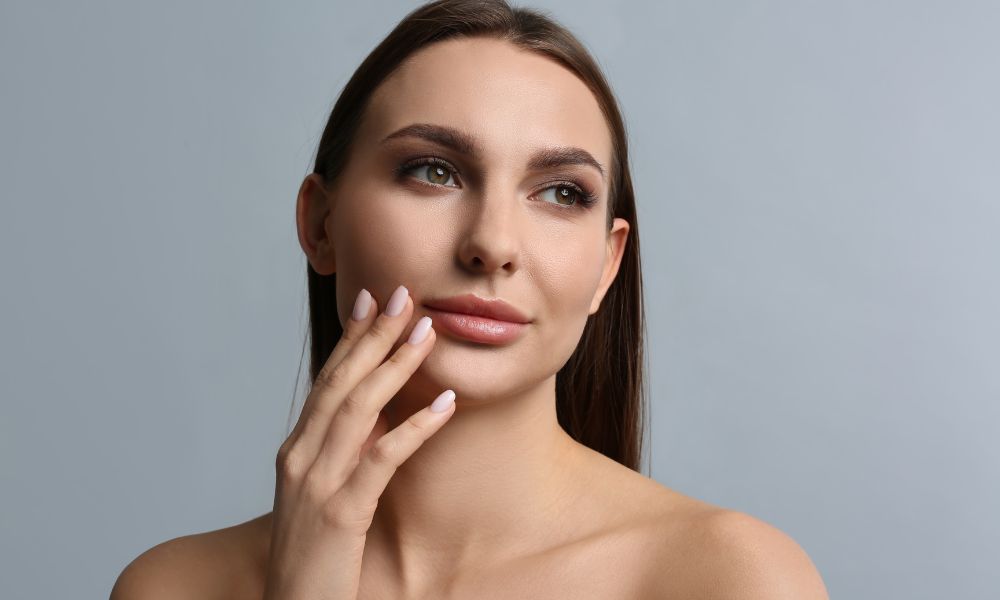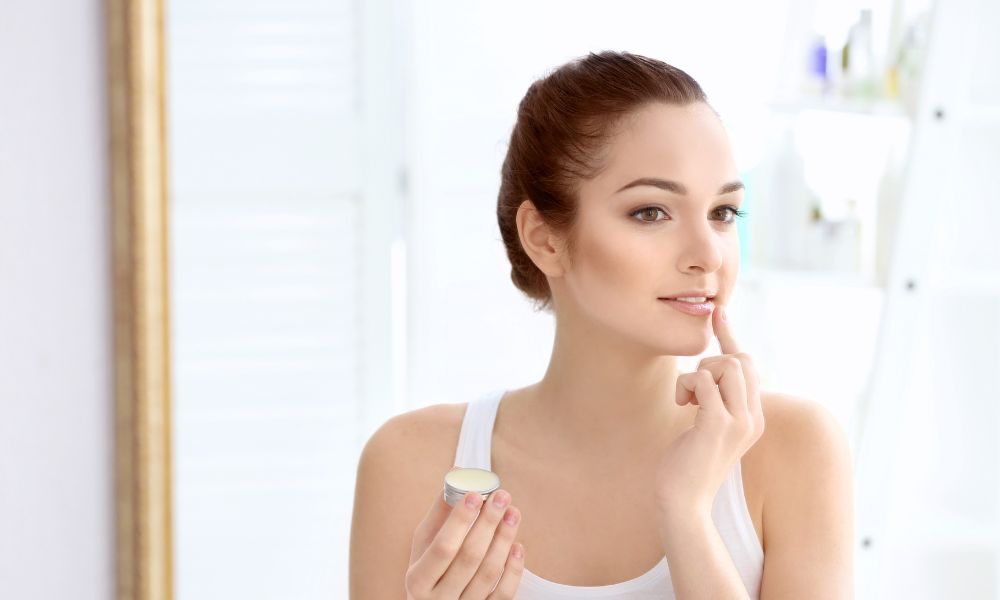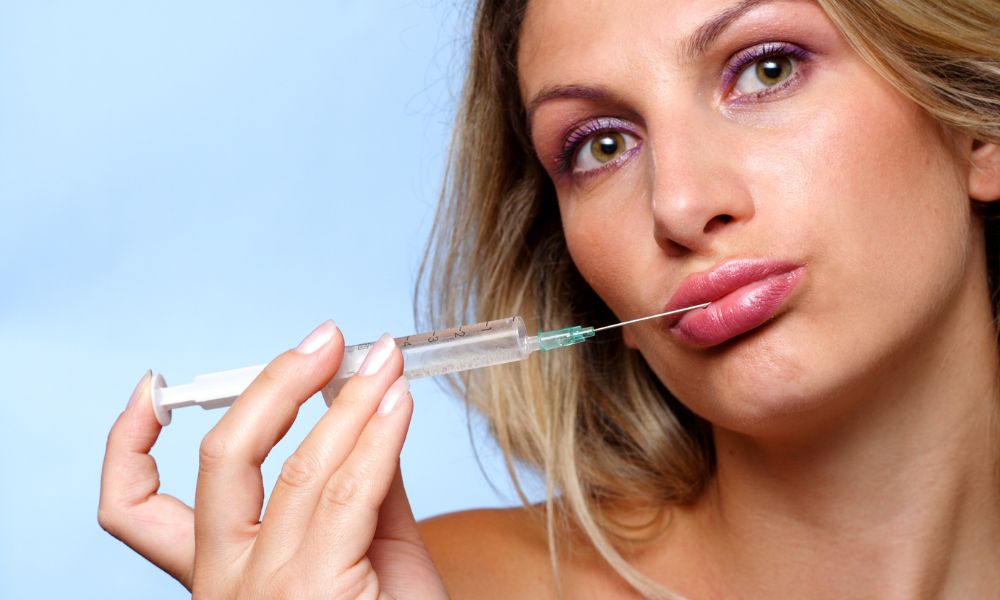
Lip fillers have become an increasingly popular cosmetic procedure, allowing individuals to achieve fuller, more defined lips. While the process is relatively quick and minimally invasive, proper post-care is crucial to ensure optimal results and minimize potential complications. Whether you’re a first-timer or a seasoned veteran, understanding how to care for your lips after the treatment is essential.
Here’s a comprehensive guide to lip filler post-care treatment.
Immediately After Treatment
Right after the procedure, it’s common to experience some swelling, redness, and tenderness around the injection sites. These are typical reactions and usually subside within a few days. Here are some immediate steps to take:
- Ice Packs: Apply an ice pack wrapped in a cloth to your lips for 10-15 minutes. This helps reduce swelling and discomfort.
- Avoid Touching: Avoid touching or massage your lips, which can affect the filler’s placement.
- Pain Relief: Over-the-counter pain relievers for lip fillers like acetaminophen can help manage discomfort. Avoid ibuprofen or aspirin, as they can increase bruising.
- Hydrate: Drink plenty of water to keep your body hydrated, which aids in the healing process.
The First 24-48 Hours
The initial days following your lip filler treatment are crucial for proper healing. Here’s what you should keep in mind:
- Avoid Strenuous Activity: High-intensity workouts and activities that increase your heart rate can exacerbate swelling. Stick to light activities and avoid bending over excessively.
- Stay Upright: Try to keep your head elevated, even when sleeping. Prop yourself up with pillows to minimize swelling.
- Avoid Hot Temperatures: Avoid hot showers, saunas, and steam rooms, as heat can increase swelling and bruising.
- Skip Alcohol and Caffeine: Both can contribute to dehydration and increased swelling, so it’s best to avoid them for the first 24-48 hours.
- Be Gentle with Your Skin: Use gentle, fragrance-free skincare products and avoid exfoliating or using harsh treatments around the lip area.

Days 3-7: Continued Care
As your lips continue to heal, maintaining a gentle routine is key:
- Monitor Healing: Keep an eye on your lips. While some bruising and swelling are normal, any severe pain, unusual lumps, or signs of infection (such as excessive redness or pus) should be reported to your practitioner immediately.
- Avoid Smoking: Smoking can hinder the healing process and increase the risk of infection, so it’s best to avoid it during the initial recovery period.
- Stay Sun-Safe: Use an SPF lip balm to protect your lips from the sun. UV rays can negatively impact your fillers’ healing process and longevity.
- Hydrate and Nourish: Continue drinking water and using a hydrating lip balm to moisturize your lips.
Weeks 2-4: Settling In
By this time, most of the swelling and bruising should have subsided, and your lips should be settling into their new shape:
- Massage If Advised: Some practitioners recommend gentle massage to help smooth out lumps and ensure even filler distribution. Follow your practitioner’s guidance on this.
- Resume Normal Activities: You can typically return to your regular skincare and makeup routine, but always be gentle with your lips.
- Follow-Up Appointments: Attend any scheduled follow-up appointments with your practitioner. They can assess your healing process and make any necessary adjustments.

Long-Term Maintenance
To keep your lips looking their best, consider the following long-term tips:
- Stay Hydrated: Continuous hydration is essential for maintaining the fullness and smoothness of your lips.
- Healthy Lifestyle: A healthy diet and regular exercise can help prolong the effects of your lip fillers.
- Top-Up Treatments: Lip fillers are not permanent, and their longevity varies depending on the type of filler used and individual factors. Most fillers last between 6 to 12 months. Schedule top-up treatments as recommended by your practitioner.
Potential Complications
While rare, it’s important to be aware of potential complications. Contact your practitioner if you experience:
- Prolonged Swelling or Bruising: Swelling and bruising that last beyond two weeks.
- Severe Pain: Intense pain that doesn’t subside with over-the-counter pain relief.
- Allergic Reactions: Signs of an allergic reaction, such as hives, itching, or difficulty breathing.
- Infection: Any signs of infection, including excessive redness, warmth, or discharge.
Proper post-care ensures the best possible results from your lip filler treatment. By following these guidelines, you can minimize discomfort, reduce the risk of complications, and enjoy beautiful, fuller lips for months to come.
For more information about lip filler, explore Saint Aesthetix. We offer comprehensive cosmetic procedure guides and various cosmetic procedures; feel free to explore our services and locations.


